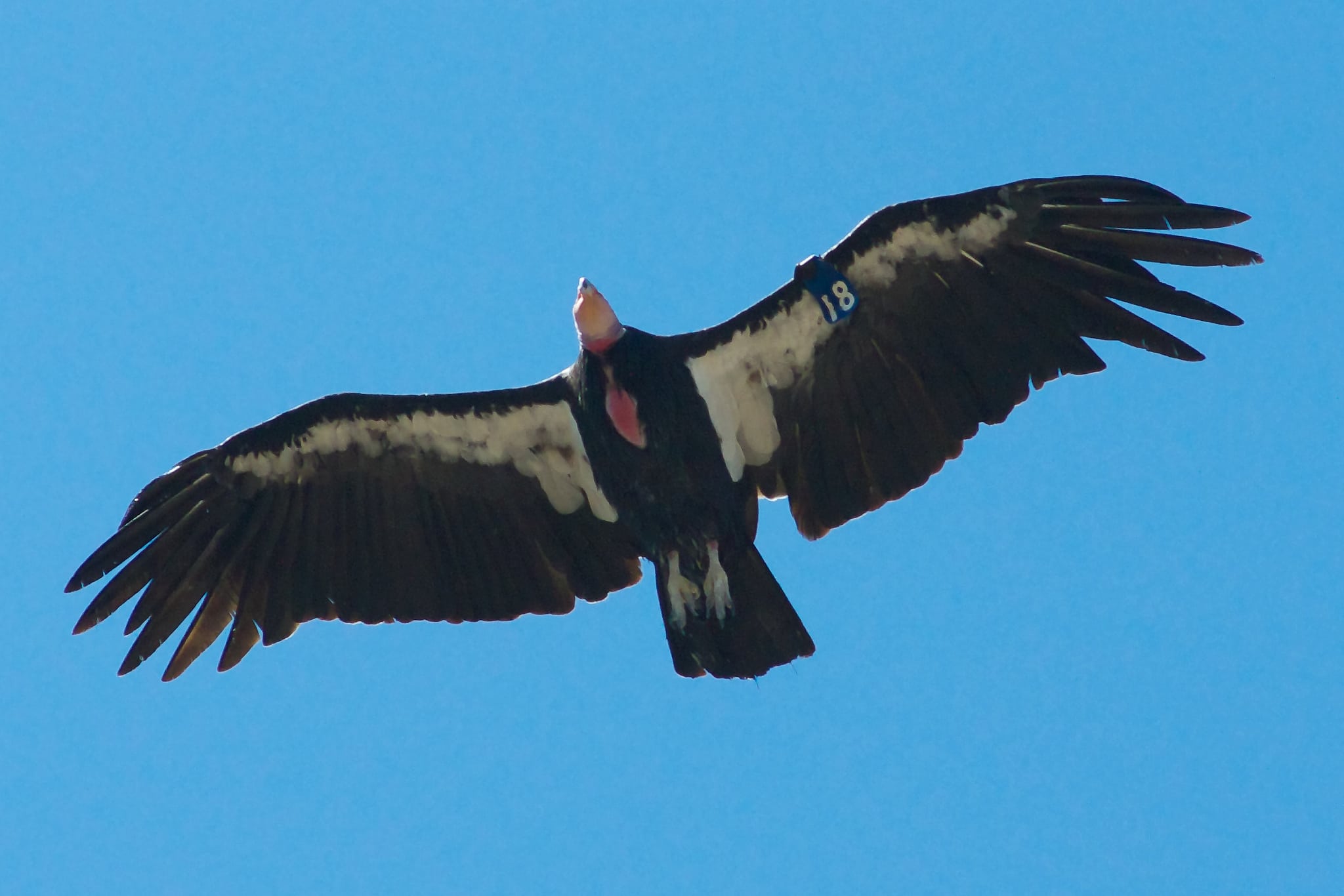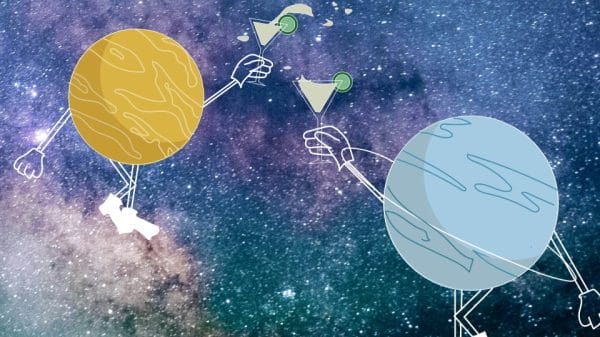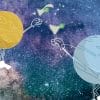On Thursday, October 28, San Diego Zoo and Wildlife Allience (SDZWA) announced that they had discovered two recent chicks that hatched from eggs unfertilized with male sperm. It is the first circumstance of parthenogenesis in the California Condor species, exciting scientists at the prospect of these bird’s increased recovery to early species numbers.
This phenomenon, known as facultative parthenogenesis is most commonly seen in plants and insect species, including ants, bees, and aphids. This form of asexual reproduction involves the growth of an egg without the presence of a fertilizing sperm.
Because California Condors have been a critically endangered species for decades, scientists at SDZWA have been tracking the parentage of all the California Condors hatched within the SDZWA recovery program with DNA analysis programs to support the species’ healthy growth. One day, researcher Leona Chemnick discovered something odd: two chicks hatched years apart had DNA that matched only that of their mother, with zero genes in their DNA that matched any registered male condor DNA.
Parthengenesis’ successful occurrence in birds is extremely rare, seen mainly in controlled studies of domesticated turkeys, chickens, and pigeons. Often, asexual reproduction events in birds results in developmental complications for the egg in which case the offspring doesn’t grow to hatching. Both chicks at the SDZWA developed fully, hatched successfully, and grew to maturity without complication.

While both parthenotes (offspring of parthenogenesis) died before reproducing due to unrelated causes (suspected malnourishment and complications related to a foot infection respectively), the maturation of the birds has exciting implications for the field of asexual reproductive studies and the health of the California Condor population.
Several years of extensive research later, Chemnick and research partner Olivia Ryder published a paper with Oxford Academic’s Journal of Heredity to detail and celebrate their findings.
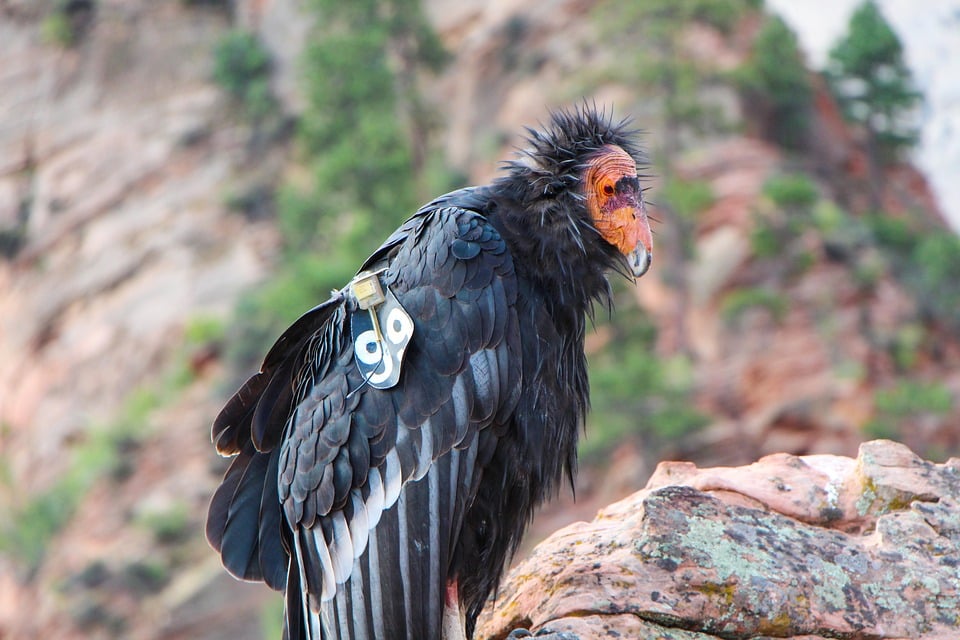
The California Condors have been critically endangered since the 1980s, when their numbers plummeted to only 22 birds. Since then, California Condor numbers have increased optimistically, with approximately 337 birds living in the wild, and approximately 181 birds living in captivity. Globally, there are approximately 518, all of which birds are descended from 14 founder birds.
The California Condors, also called “Thunderbirds,” are the largest flying birds in North America. Thousands of these birds once spanned the range of the continential United States, with fossil remains located in both Florida and New York state. Today, they are primarily found in Central, Southern, and Baja California, as well as a recovery facility in Arizona.
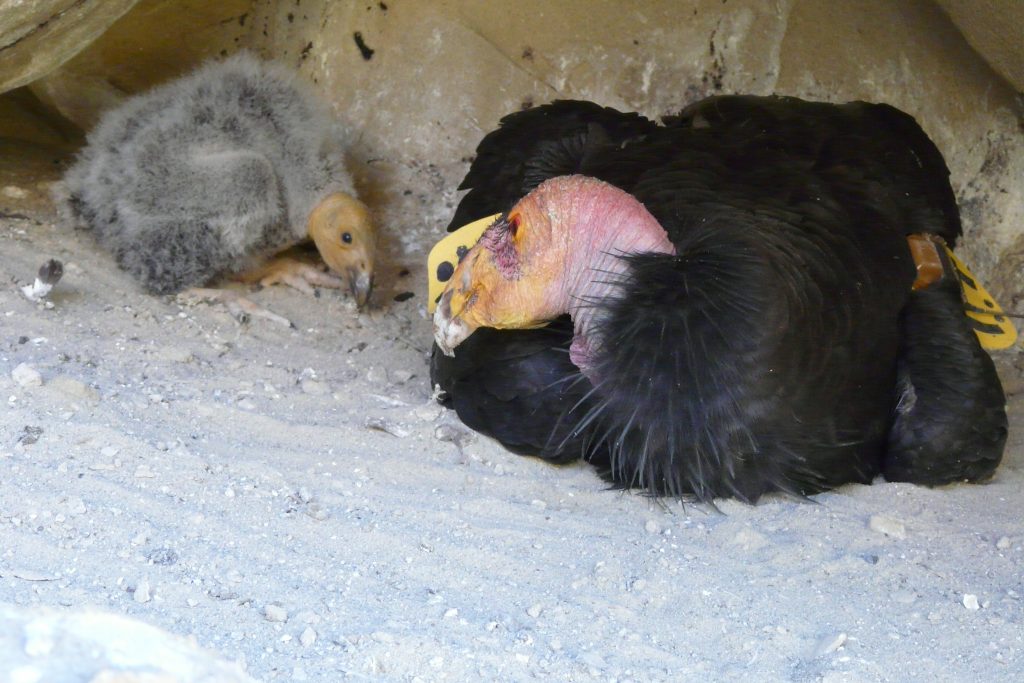
California Condors are scavengers, feeding on already dead animals including cattle, sheep, rodents, rabbits, and fish, among others. However, this diet makes them extremely vulnerable to lead poisoning after consuming wildlife that has been killed by hunting. Lead bullets easily contaminate the shot wildlife’s flesh and resultantly are a primary cause of death and disease in condors.
California Condors lay only one egg a year, making their population growth extremely slow and delicate. However, in recent years, recovery facilities have been able to release approximately 50 condors into the wild per year, on top of the 12-15 condors which hatch naturally in the wild.
The San Diego Zoo has a webcam that visitors can tune into at any hour and see the famous and stately California condors in their day to day life, as well as a blog on which updates are periodically updated as the zoo supports the population growth through various recovery efforts including the on-site breeding facility.
Eager to read more about the latest science and technology updates? Click here to read about researcher’s most recent developments with biodegradable microchips.


